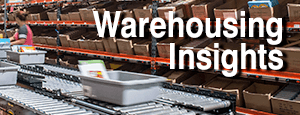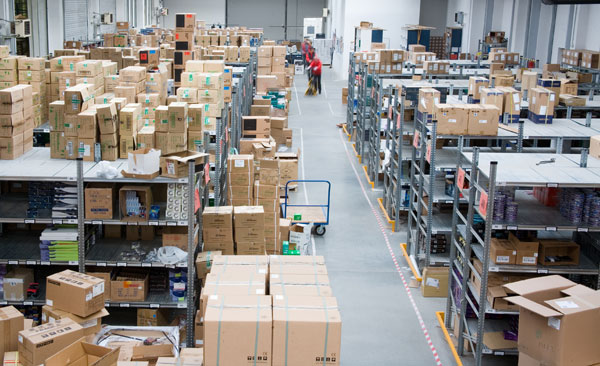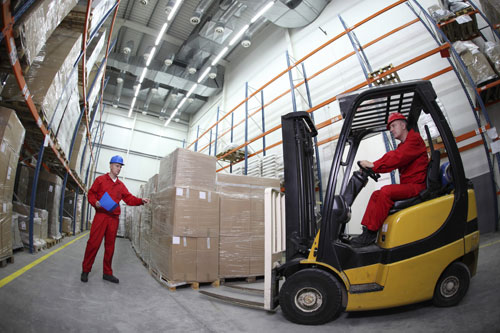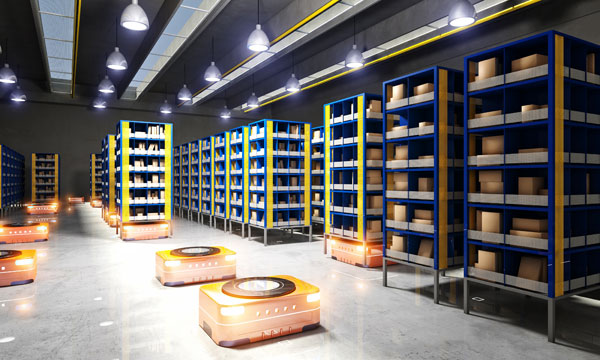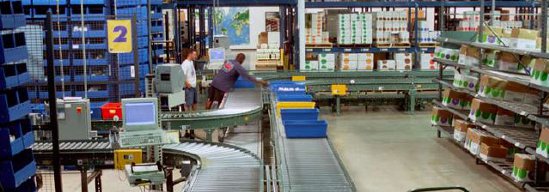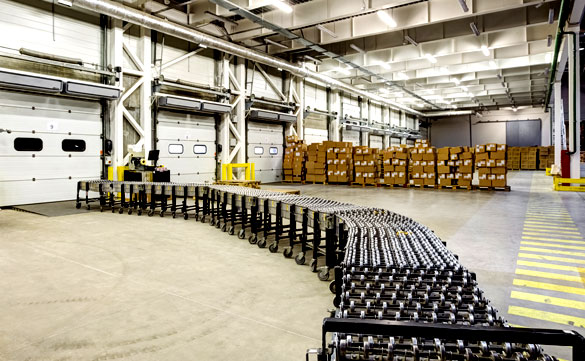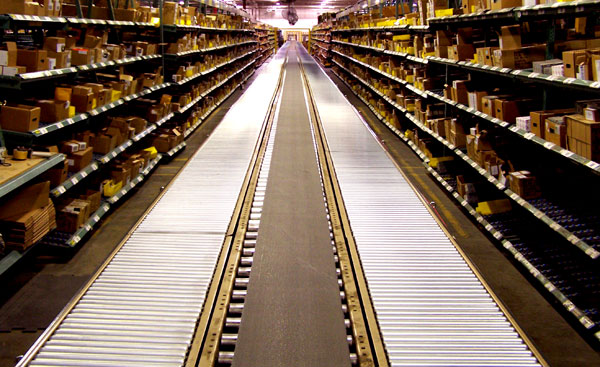
In a recent report of current industrial and logistics trends released by the CBRE, the prevailing theme among U.S. Tenants and Landlords is that of shrinking available space. While this should come as no surprise to those within the logistics community, the rate at which warehouse vacancy is dwindling is far outpacing the increase in new construction (new supply trails leasing demand by 1.5 to 1). This puts 3PLs in a predicament, but also provides opportunities for those who can maximize their available footprint.



